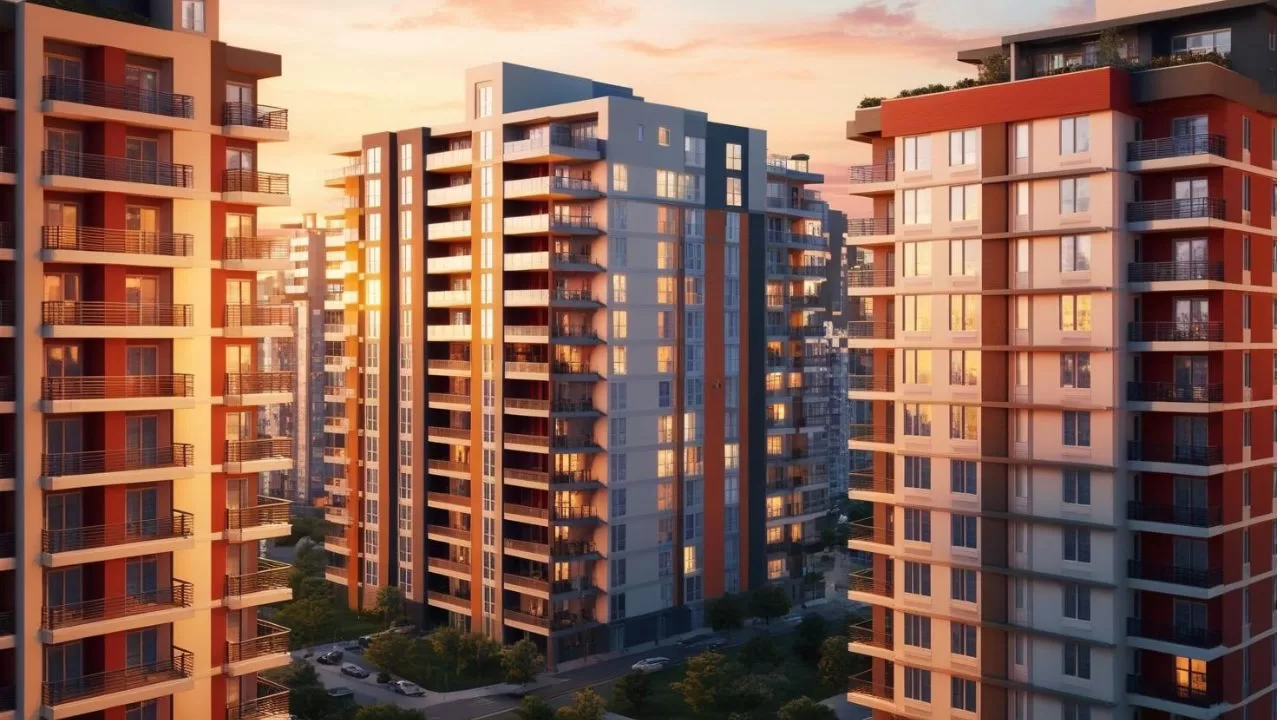Cracks in a building affect the building’s artistic look and it destroys the wall integrity, affects the safety of the structure and even reduces the durability of the structure.
In this blog, I will show you the important types of cracks in building and example of these cracks to understand them better.
Cracks occur when stress in the components increases beyond its strength.
Stress in the building components could be caused by externally applied forces like,
- Dead load
- Live load
- Wind load
- Seismic loads
- Foundation settlement
It could be induced by internally due to temperature variations, moisture changes and chemical actions.
Let’s find out the types of cracks in building now.
Types of cracks in a building
Cracks are classified into three types
- Structural cracks
- Non-structural cracks
- Cracks based on width
Structural cracks
Structural cracks arise due to different reasons such as incorrect design and overloading of the structural components. Structural cracks are a threat to the stability of the building and are difficult to correct.
This type of cracks can’t be corrected. But needs special retrofitting techniques to prevent the structure from collapsing. We will discuss more that in another blog.
For now, see the cracks in different structural members below.
| BEAMS | COLUMNS | SLABS |
| Flexural Cracks | Horizontal Cracks | Flexure Cracks |
| Shear Cracks | Diagonal Cracks | Shrinkage Cracks |
| Torsional cracks | Corrosion cracks | Corrosion cracks |
| Corrosion cracks | ||
| Combination of above cracks |
Next let’s know about the structural cracks on beams and columns. An example is always good to understand a concept better.
Cracks on beams and columns

- Cracks in beams and columns occur when a material is strained under stress.
- When two materials of varying elastic properties is joined together under the effect of force, then different shear stresses in these materials create cracks at the junction.
- Dead and live loads are the main reasons for elastic deformation in any structural components of a building
Preventive Measures
- To prevent this, you can build slip joints under the support of concrete slab on walls
- Slip joints are mounted in the brickwork and concrete junctions to allow low friction movement between different materials due to expansion and contraction. And, thereby, prevent the bricks or mortar from cracking.
- Provide horizontal movement joints between the top of the brick panel and reinforced cement concrete- beam/slab
Now, we will find out the details on non- structural cracks.
Non-structural cracks in a building (hair cracks)
Non-structural cracks are formed because of internal forces in the structure.
Materials due to moisture variation, temperature changes and suitable remedial measures can be carefully handled to put a curb on the crack. Cracks differ in width largely.
There, she is. The last member. Let’s meet last member in types of cracks in a building.
Cracks based on width
Depending upon the crack width, the cracks can be further divided as,
- Thin Crack -less than 1 mm in width
- Medium Crack -1 to 2 mm in width.
- Wide Crack -more than 2 mm in width.
That’s it about the types of cracks in building.
We have sailed through the important aspects of cracks in building. We missed out the causes of cracks which will be explained in a blog in future.
Stay tuned!


5 thoughts on “Cracks in a Building |3 Types of Cracks in Building Walls Full Guide”
Comments are closed.